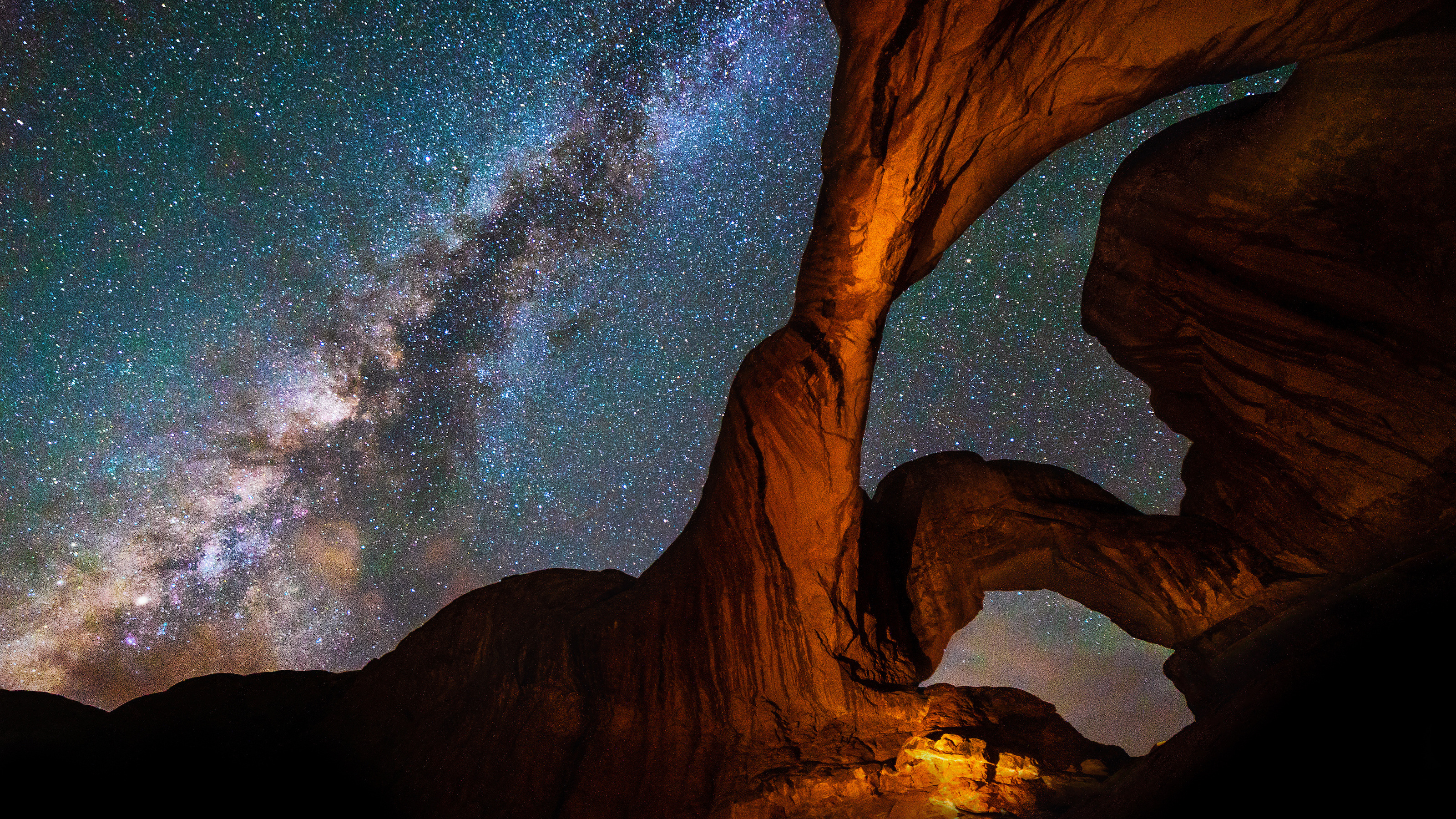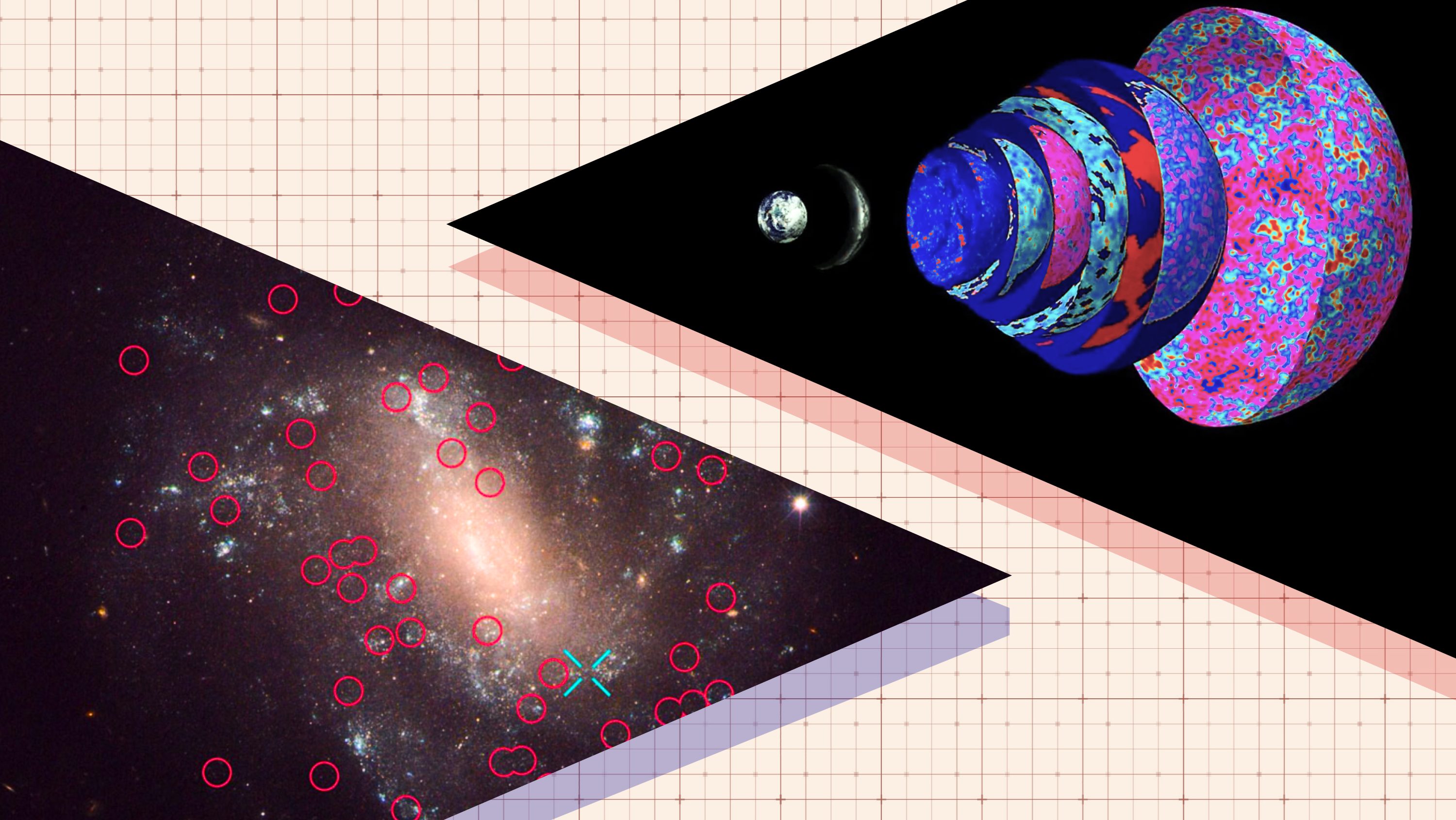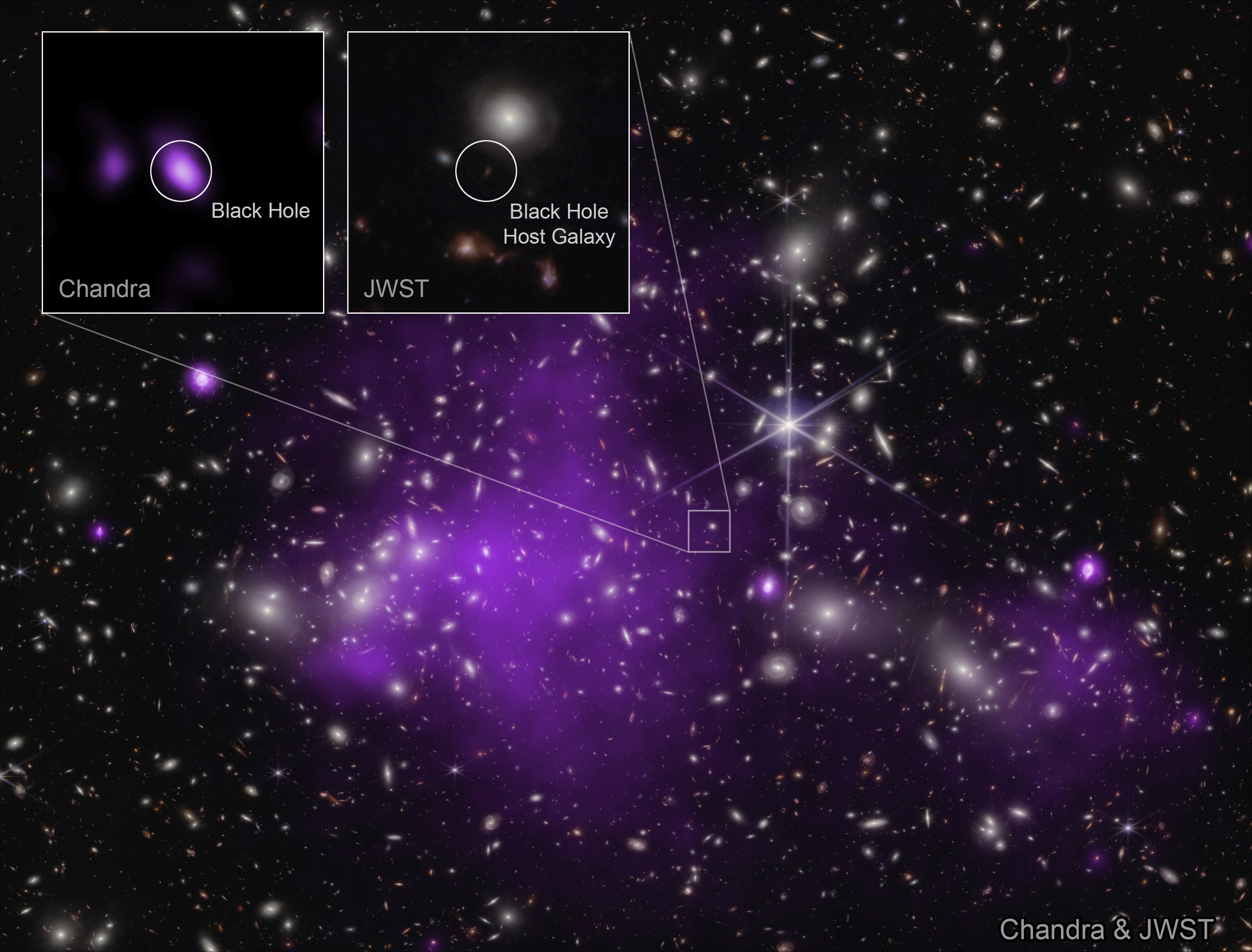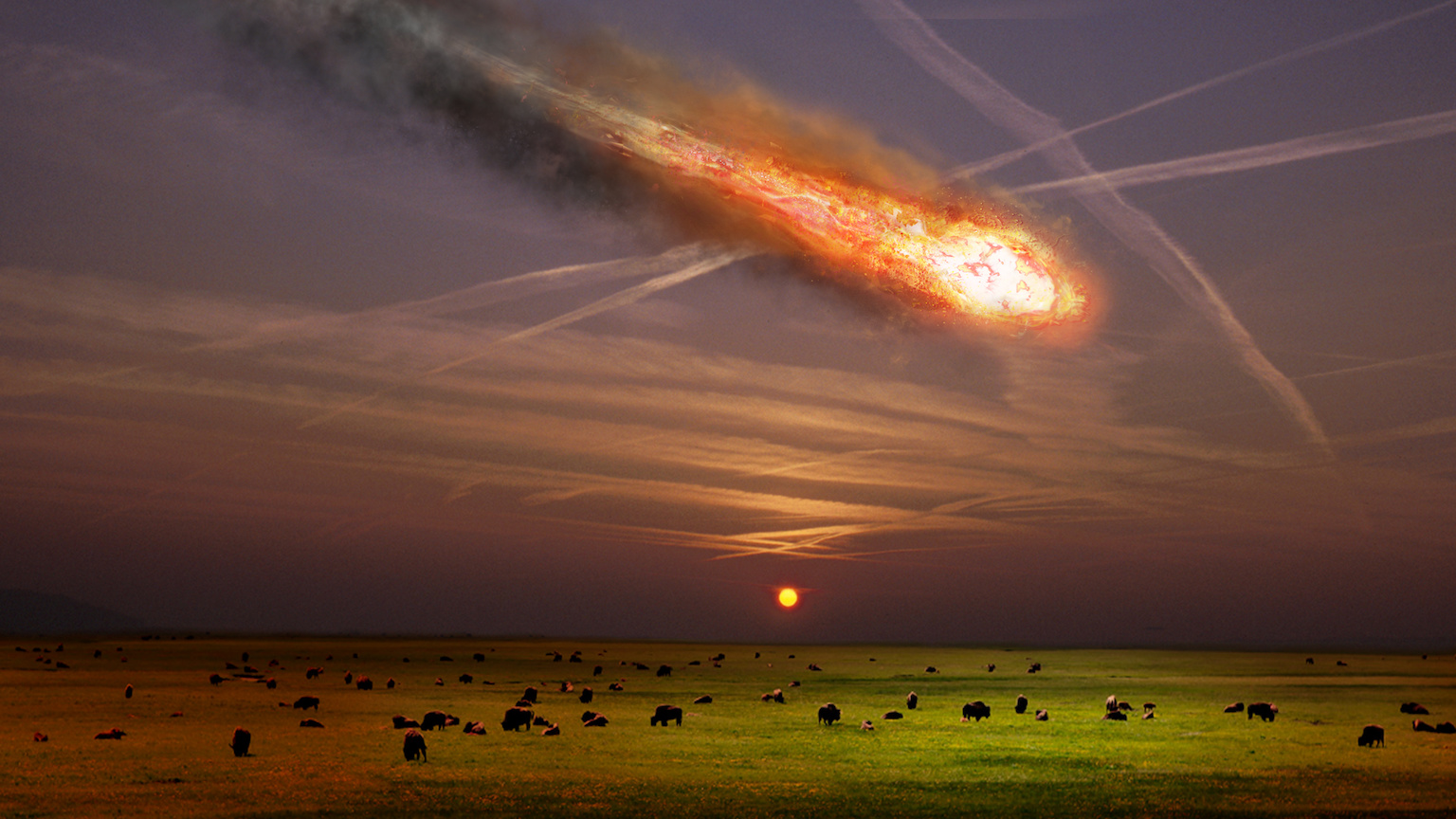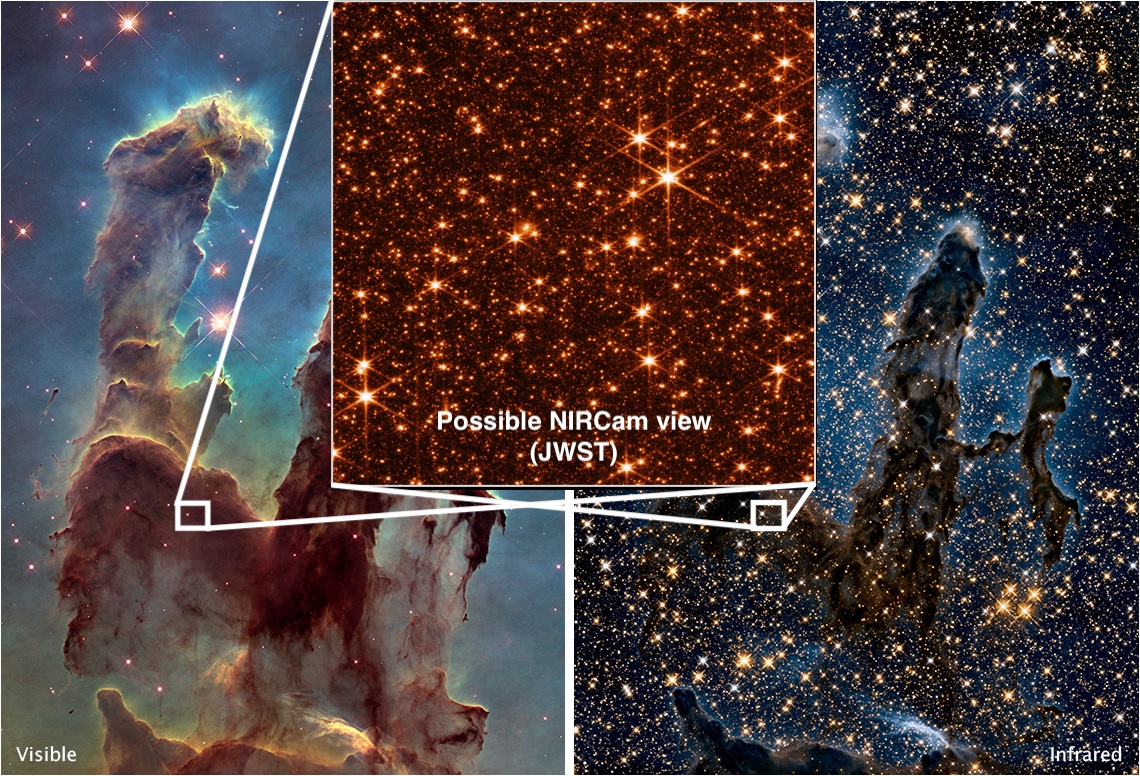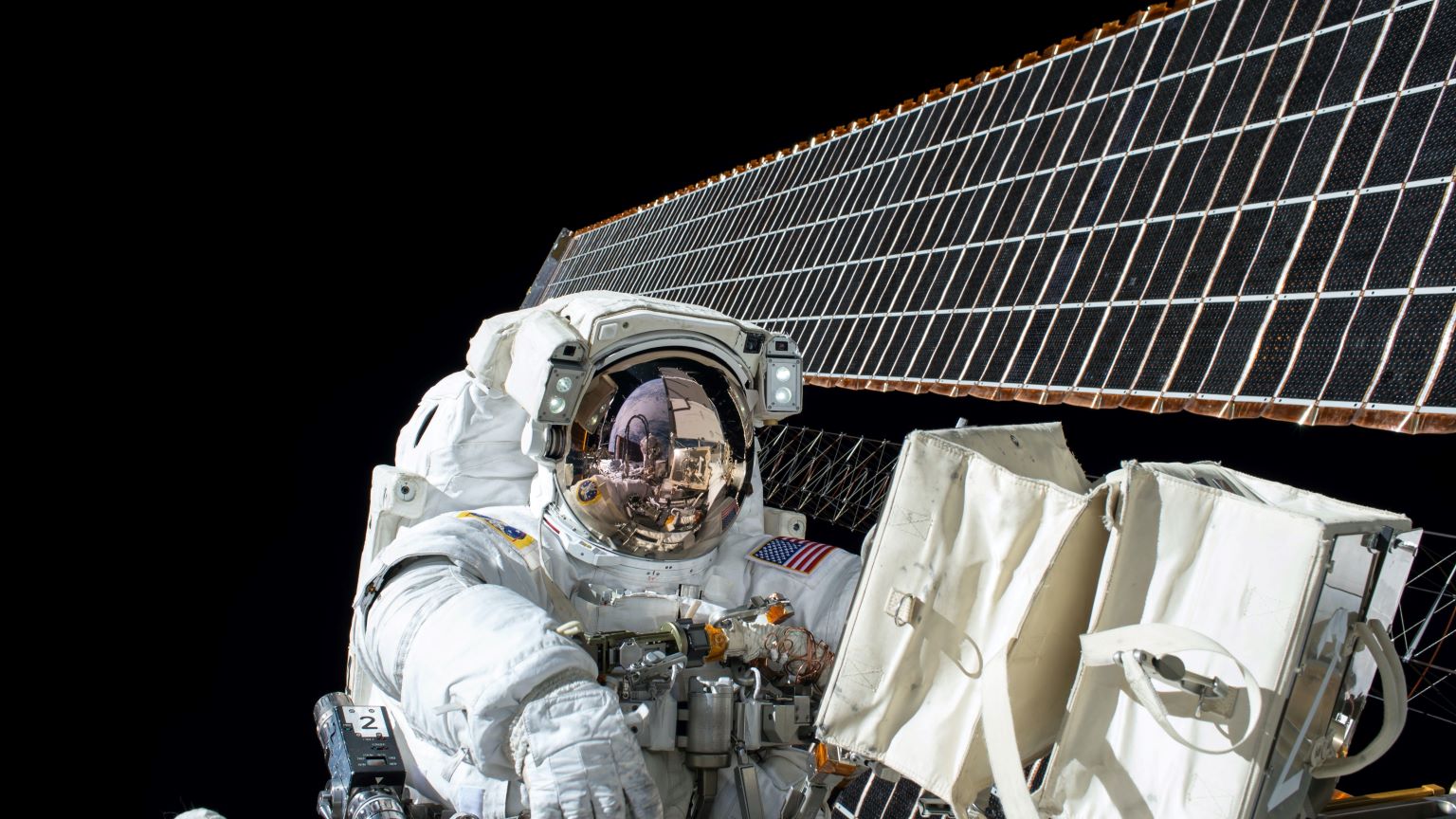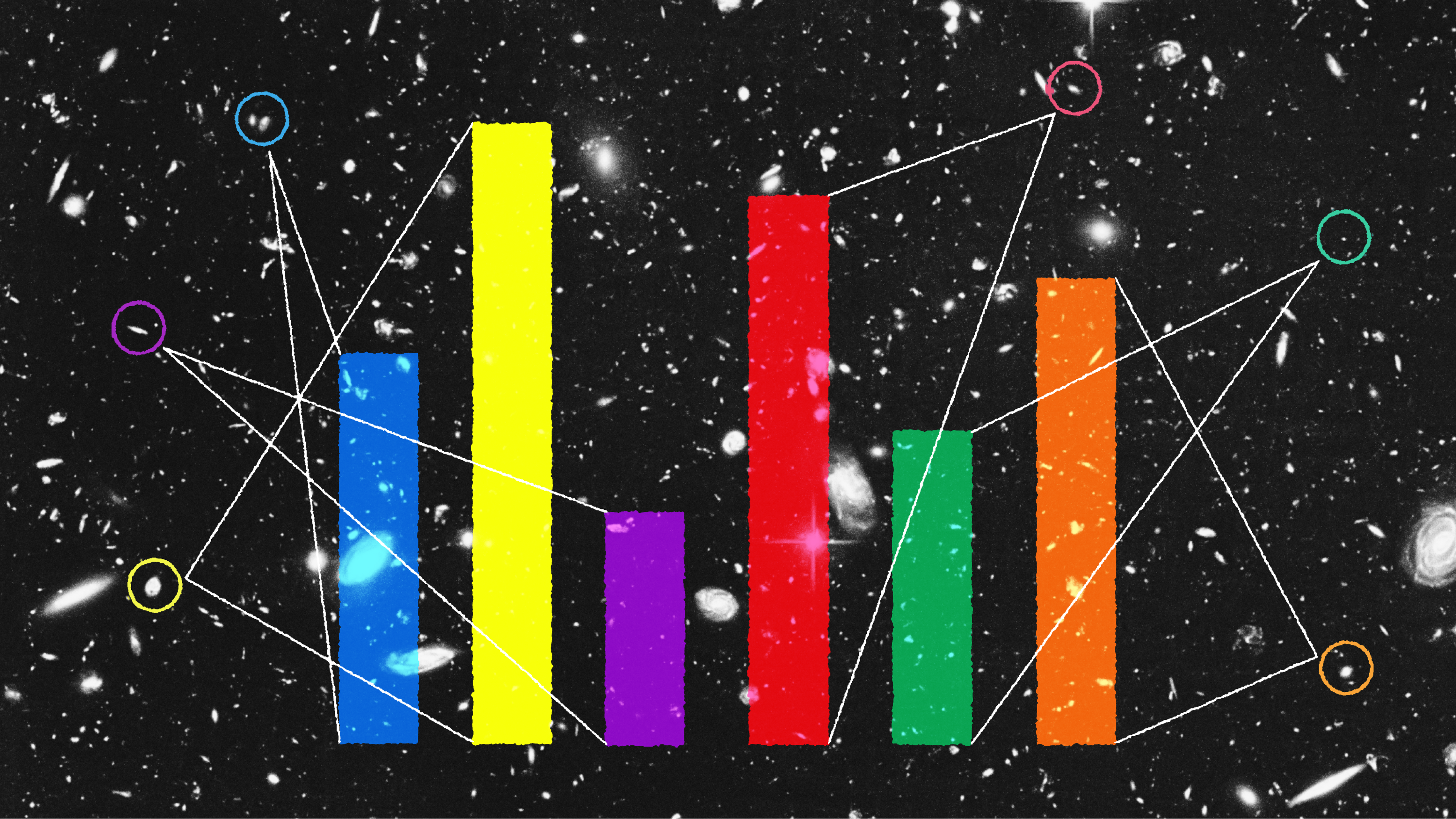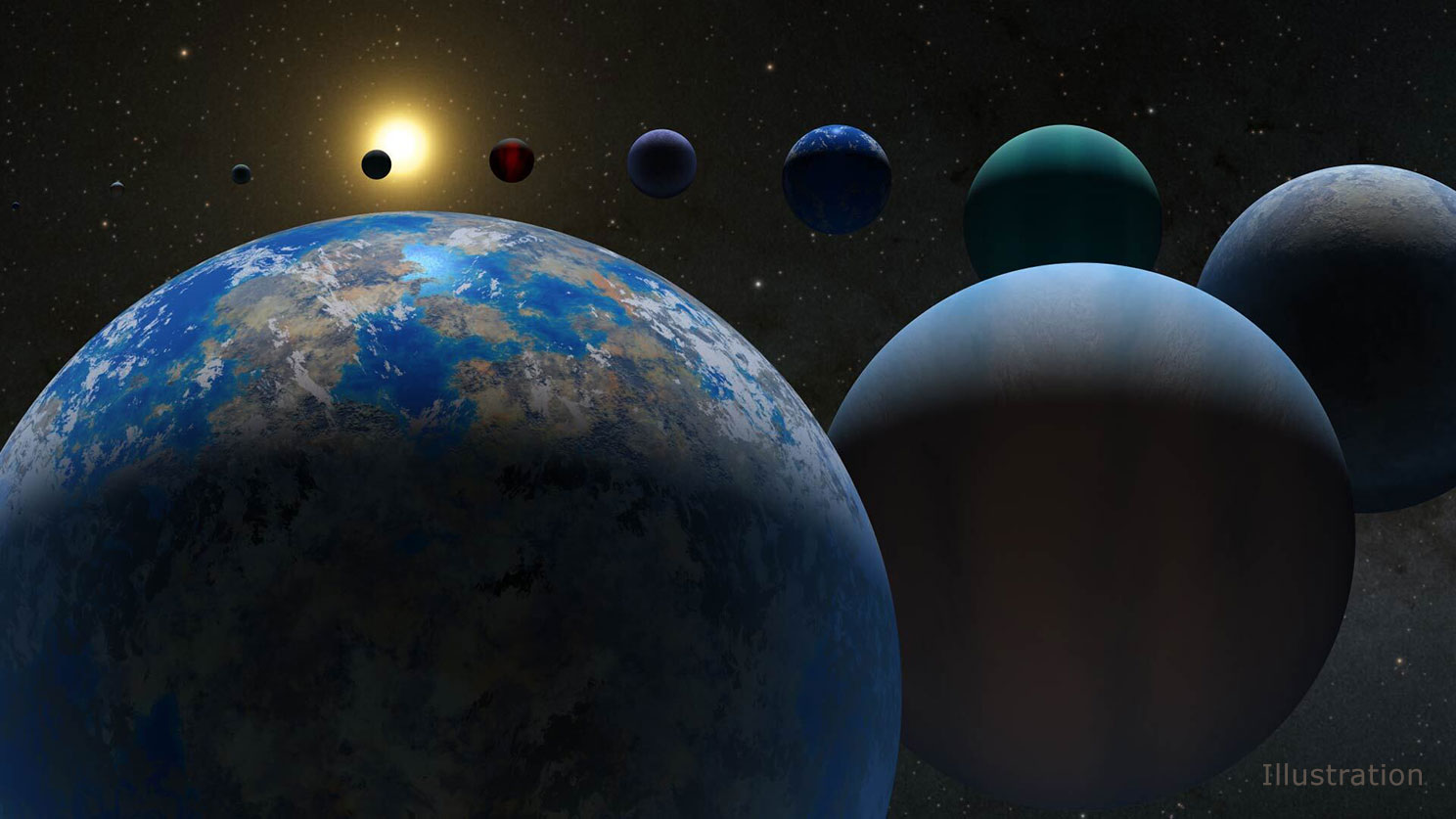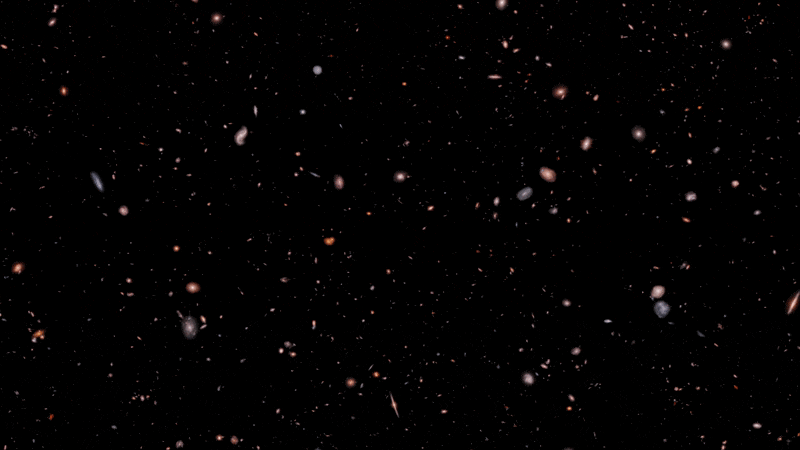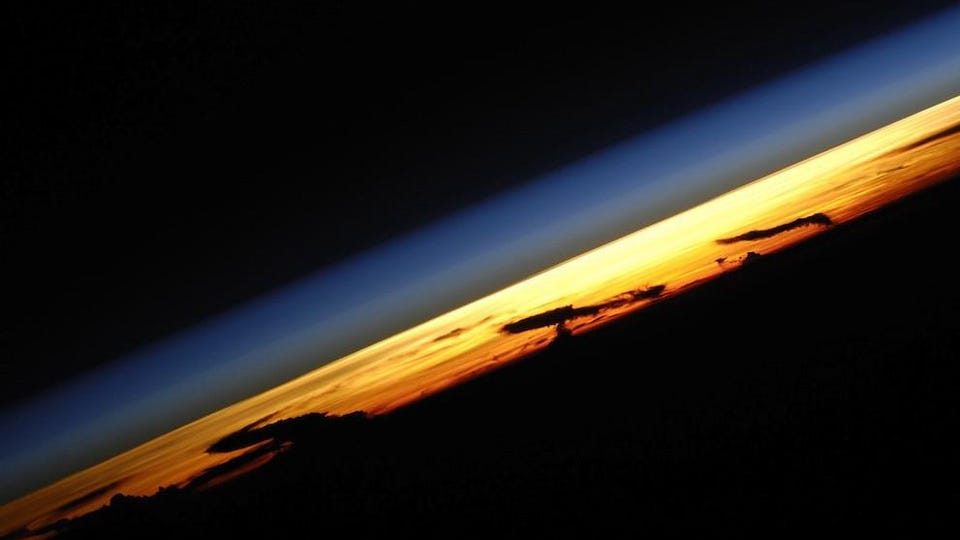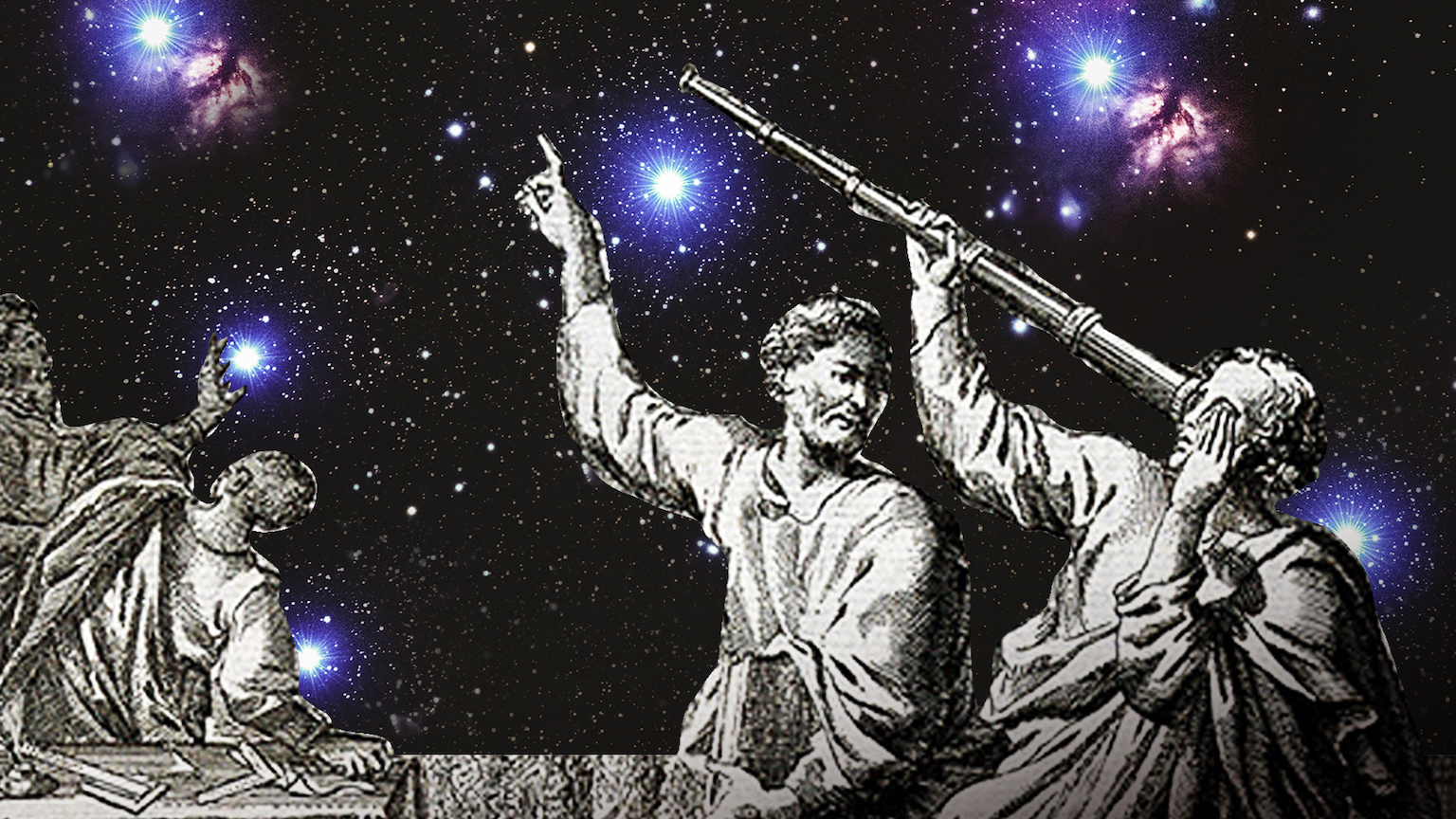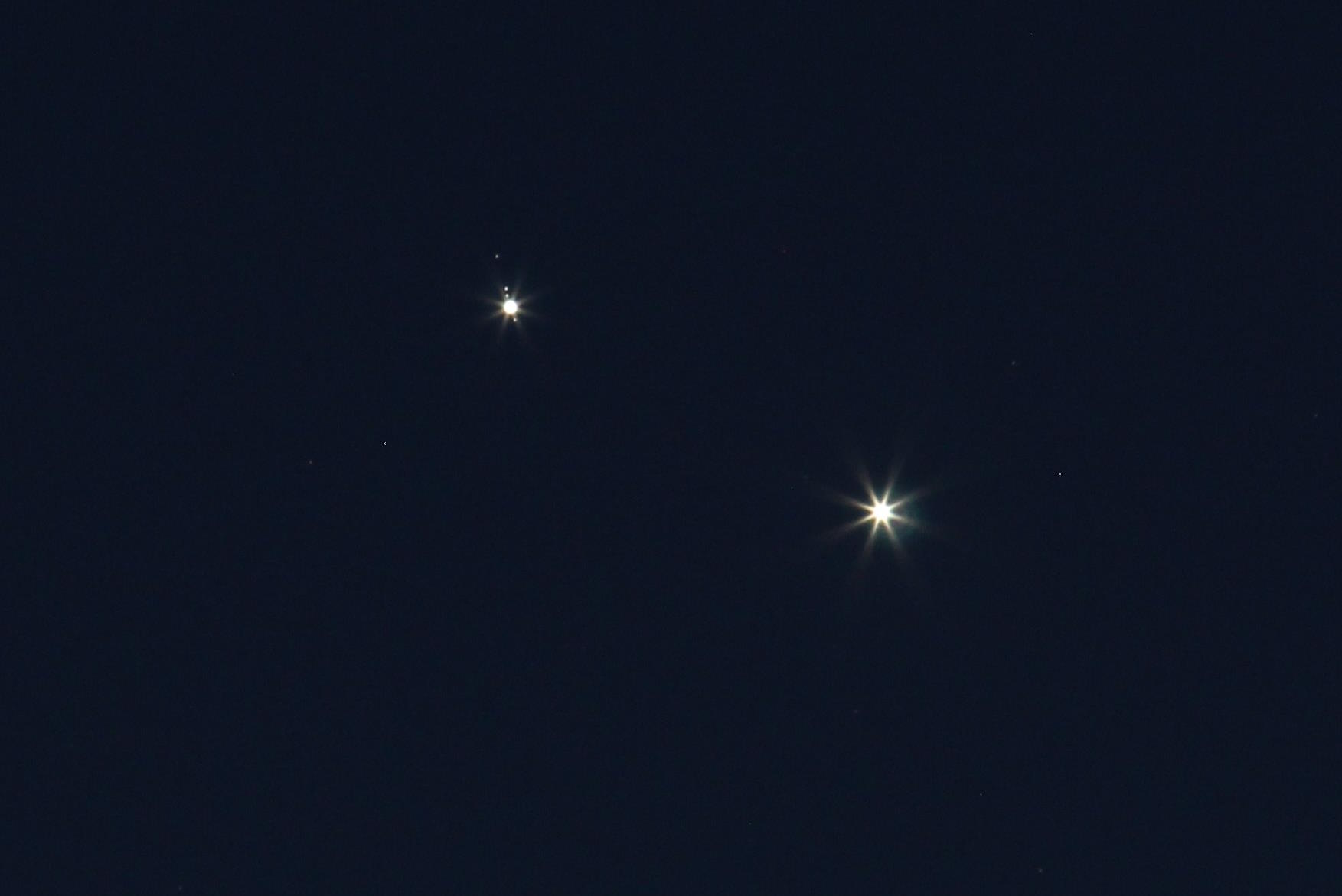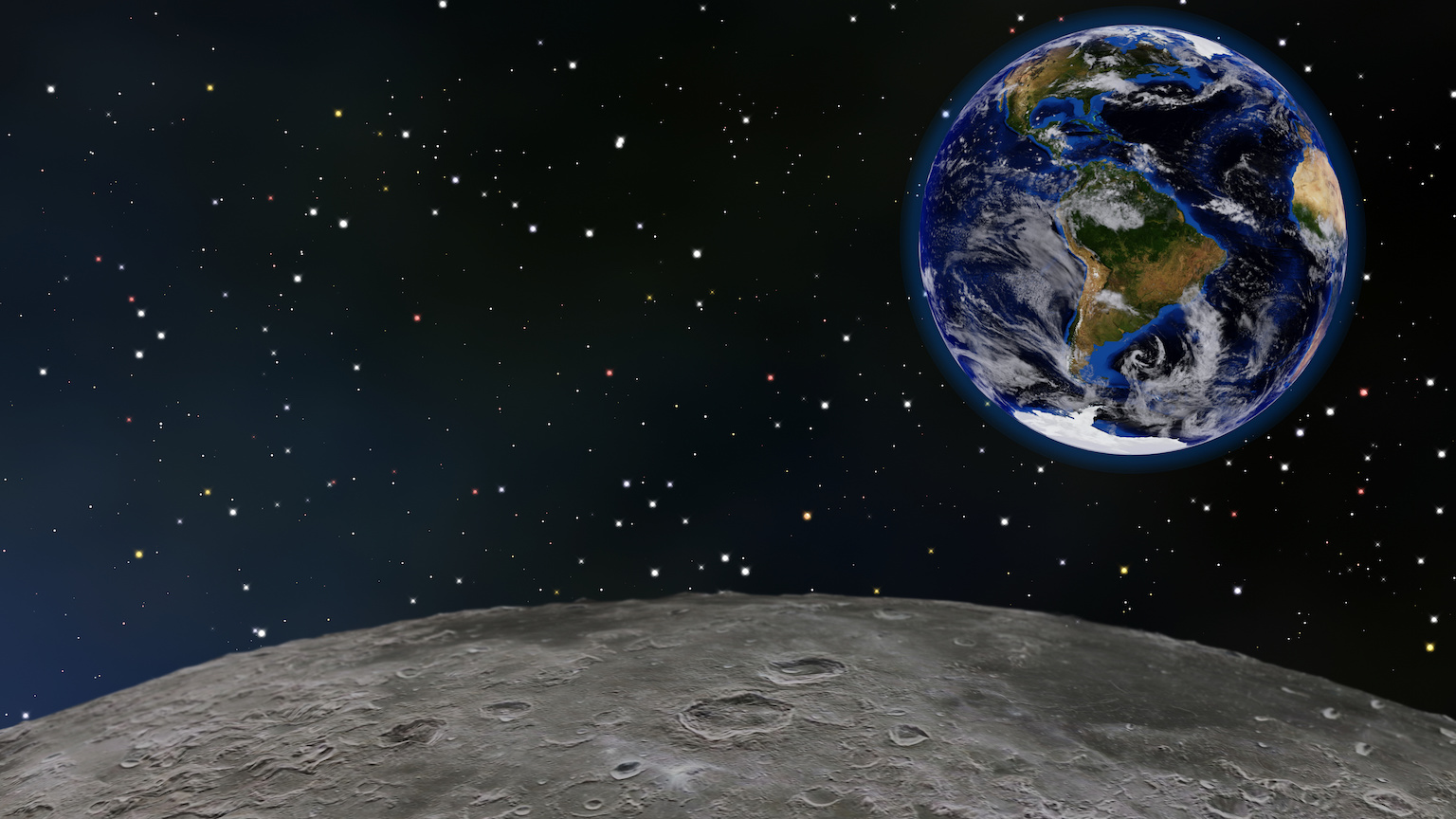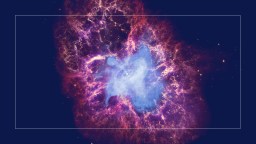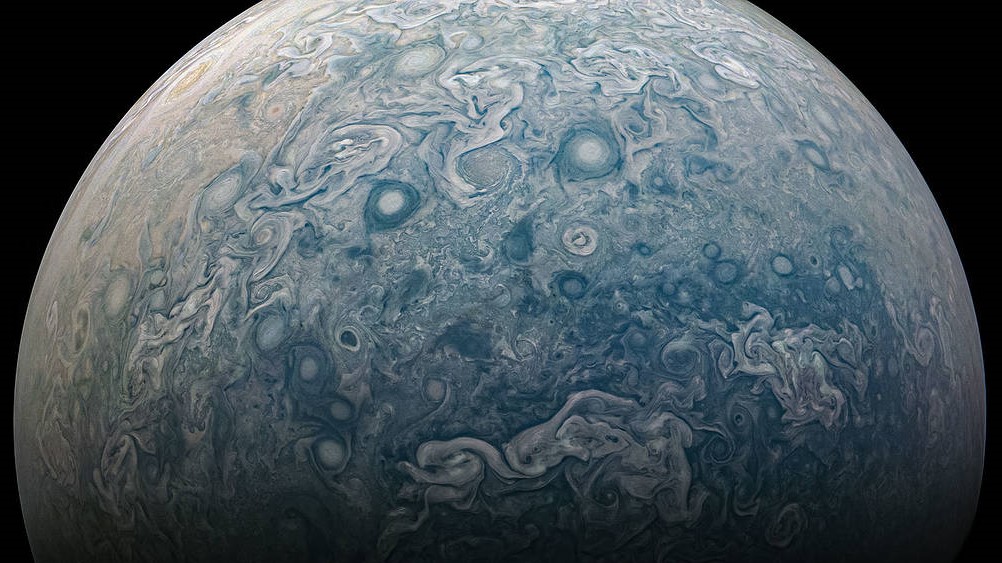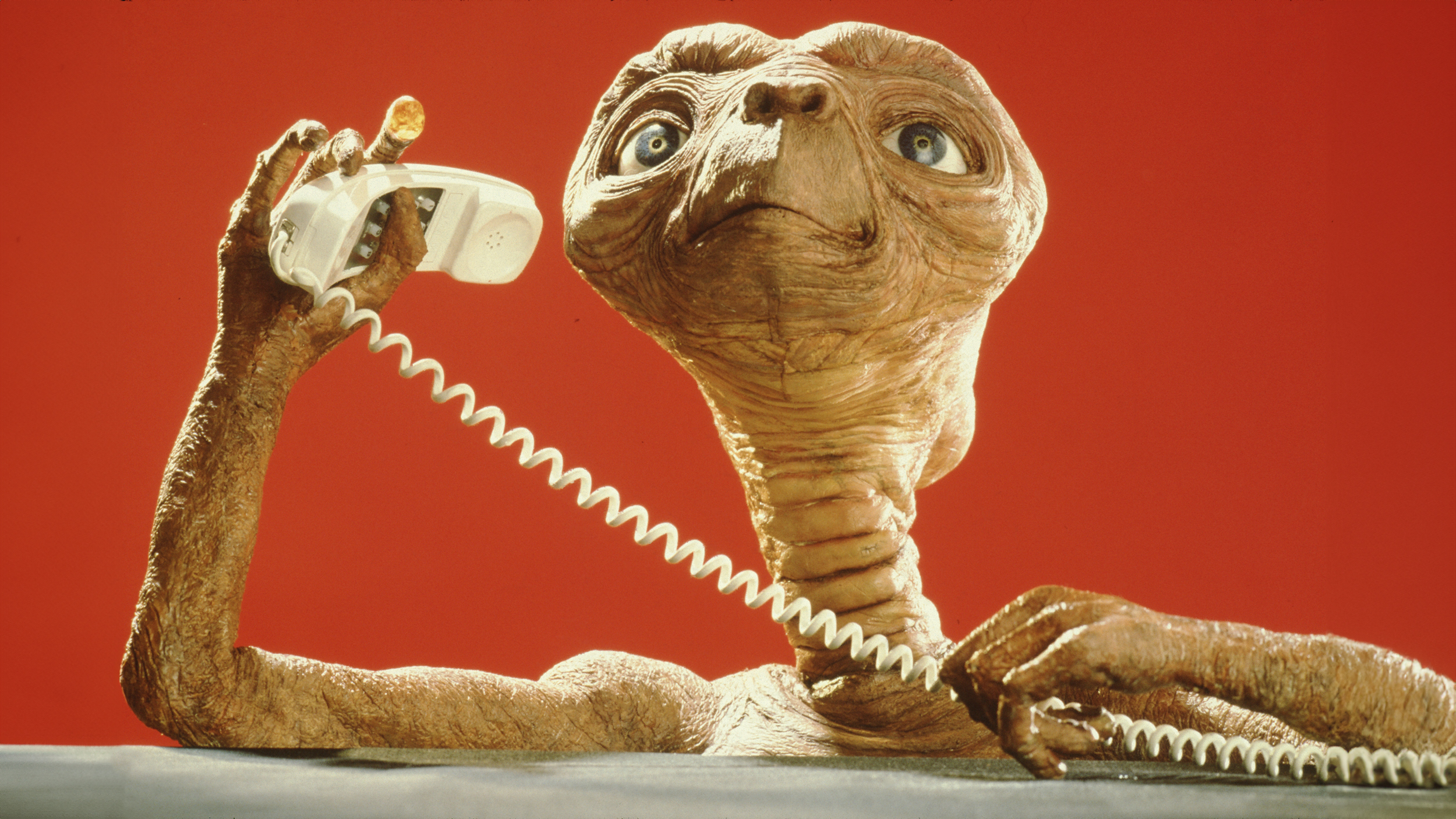You would think that with all our technology, like the James Webb Space Telescope, we would know how big the Universe is. But we don’t.
Search Results
You searched for: Telescope
When we started imaging the Universe with Hubble, every star had four “spikes” coming from it. Here’s why Webb will have more.
In the expanding Universe, different ways of measuring its rate give incompatible answers. Nobel Laureate Adam Riess explains what it means.
With JWST, Chandra, and gravitational lensing combined, evidence has emerged for the earliest black hole ever. And wow, is it a surprise!
Now that it’s fully commissioned, the James Webb Space Telescope begins its exploration of the Universe. Here are its first science images!
The James Webb Space Telescope (JWST) will study many dangerous cosmic phenomena, knowledge of which may help save humanity.
On July 12, 2022, NASA will release the first science images taken with the James Webb Space Telescope. Here’s what to hope for.
An optical telescope with a massive 20-foot (6-meter) mirror has an eye-popping price tag of $11 billion.
The standard model of cosmology has a big new problem: Some galaxies seem to be too old.
From inside our Solar System, zodiacal light prevents us from seeing true darkness. From billions of miles away, New Horizons finally can.
There are billions of potentially inhabited planets in the Milky Way alone. Here’s how NASA will at last discover and measure them.
The structure of our Solar System has been known for centuries. When we finally started finding exoplanets, they surprised everyone.
JWST’s revolutionary views arrive in high-resolution at infrared wavelengths. Without NASA’s Spitzer first, it wouldn’t have been possible.
From the present day all the way to less than 400 million years after the Big Bang, we’re seeing how the Universe grew up like never before.
Figuring out the answer involved a prism, a pail of water, and a 50 year effort by the most famous father-son astronomer duo ever.
Most potentially hazardous asteroids remain unidentified. NEO surveyor could change that, but only if it’s funded, and soon.
From the tablets of the Babylonians to the telescopes of modern science, humans have always looked to the skies for fundamental answers.
In our Solar System, even the two brightest planets frequently align in our skies. But only rarely is it spectacularly visible from Earth.
The James Webb Space Telescope has chosen 5 targets for its first science release. Here’s what we know on the eve of JWST’s big reveal!
At 1,600 light years away, the black hole is practically in our cosmic backyard.
Should we be searching for life on other planets, or technology?
This oddball system of three stars might be our best chance at finding nearby life in the Universe.
To study the origin of the Universe, we could build a constellation of six expensive spacecraft — or we could just use the Moon.
With its very first deep-field view of the Universe now released, the James Webb Space Telescope has shown us our cosmos as never before.
Thanks to time-traveling telescopes, we can see more about the Big Bang.
▸
with
With a new telescope on the horizon, we reflect on the best pictures of space that came before.
Ever since the Big Bang, cataclysmic events have released enormous amounts of energy. Here’s the greatest one ever witnessed.
“I hope we take a mindset where we are willing to look for weird life in weird places.”
“If we find just one other example of biology out there, then life is not an accident.”
The James Webb Space Telescope could help scientists learn about the cosmic dark ages and how they ended.
